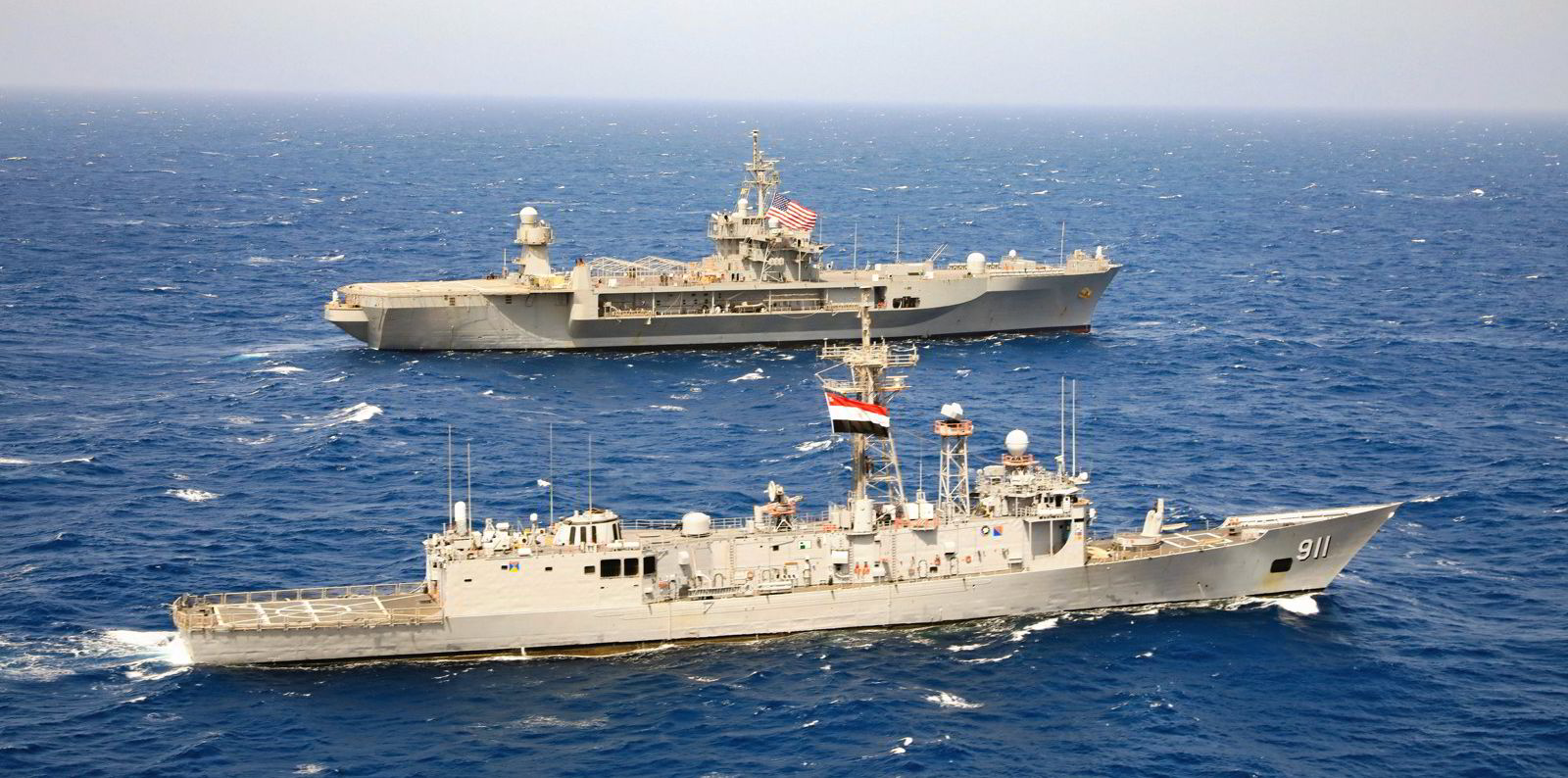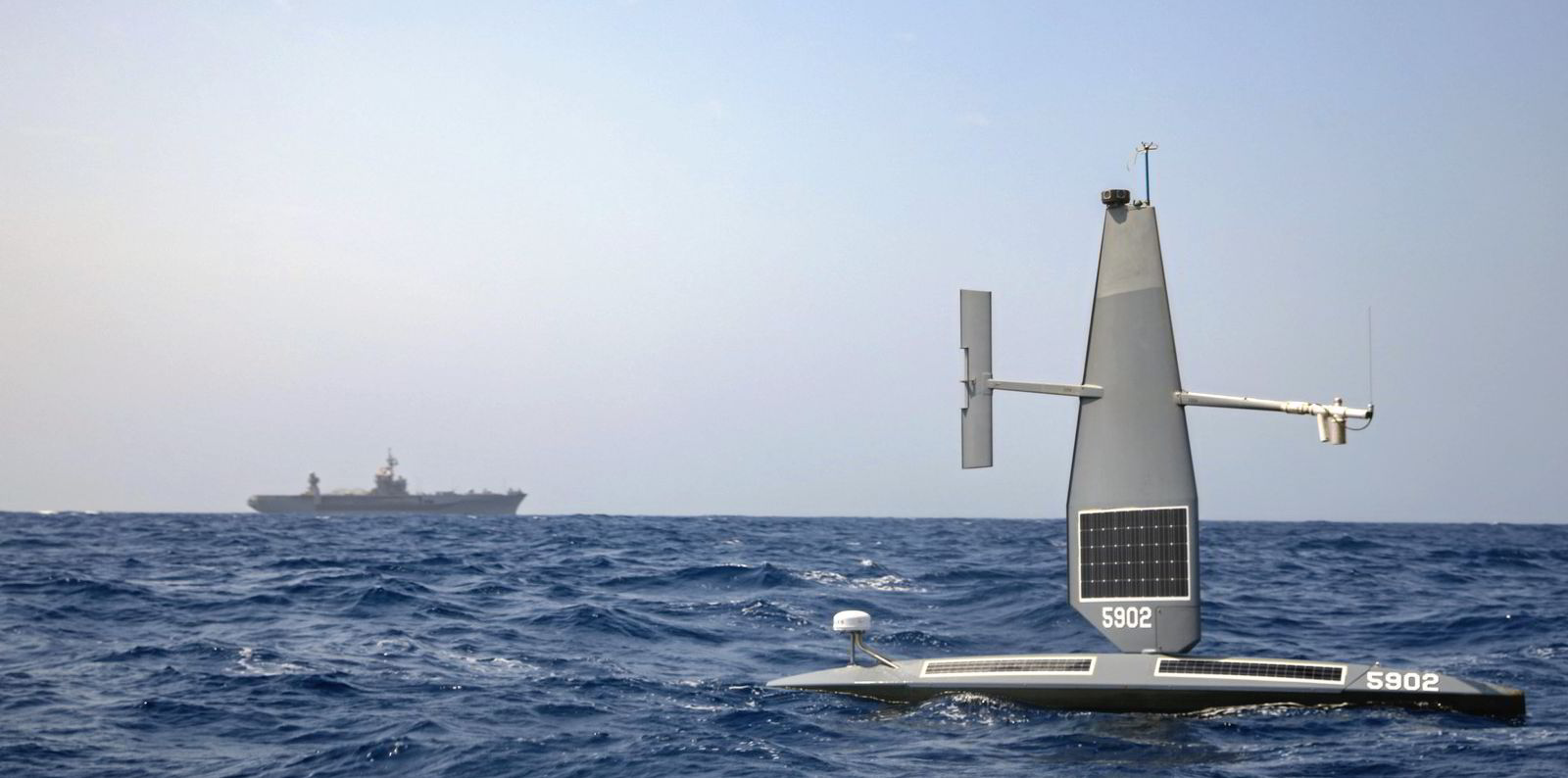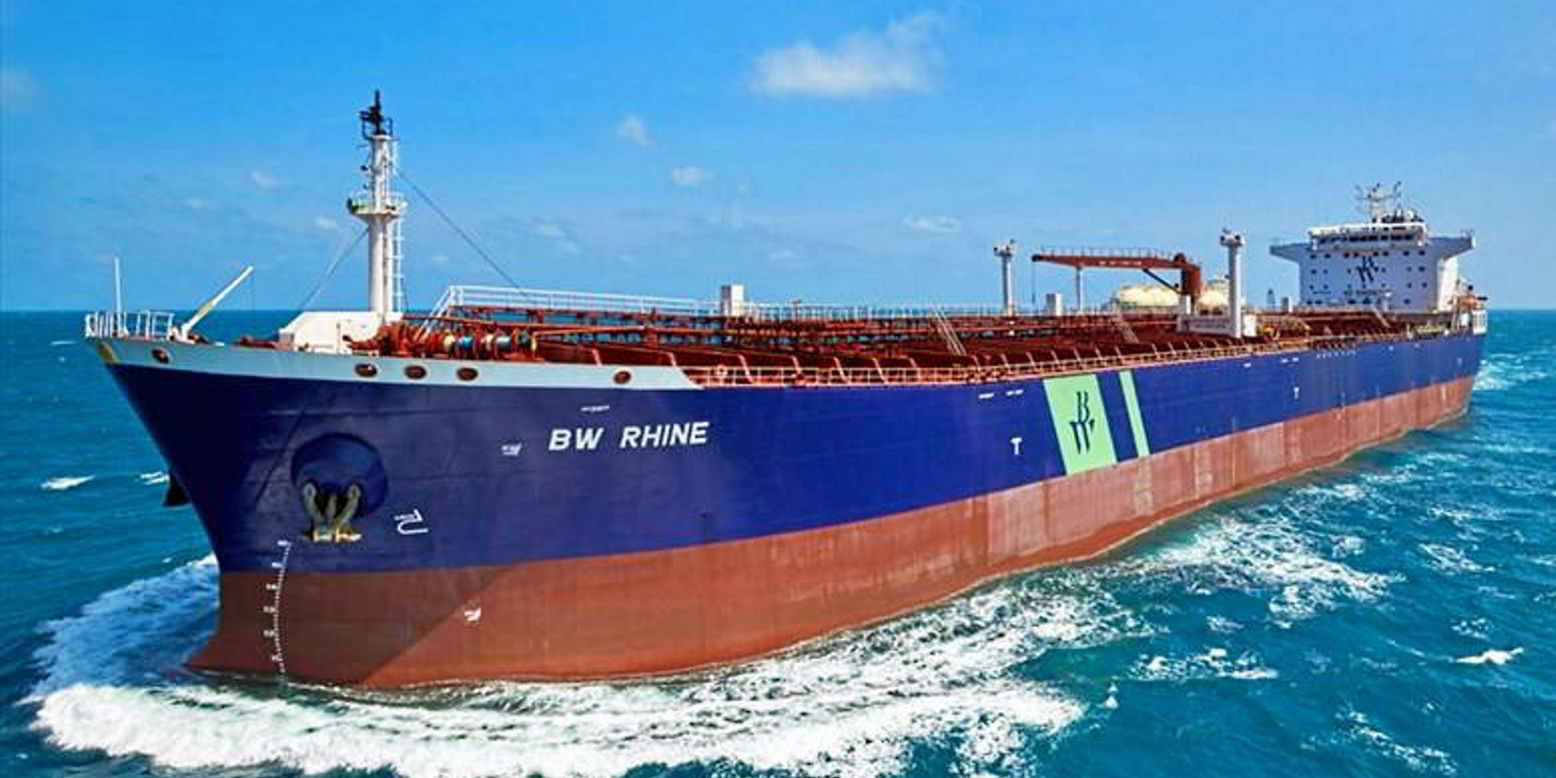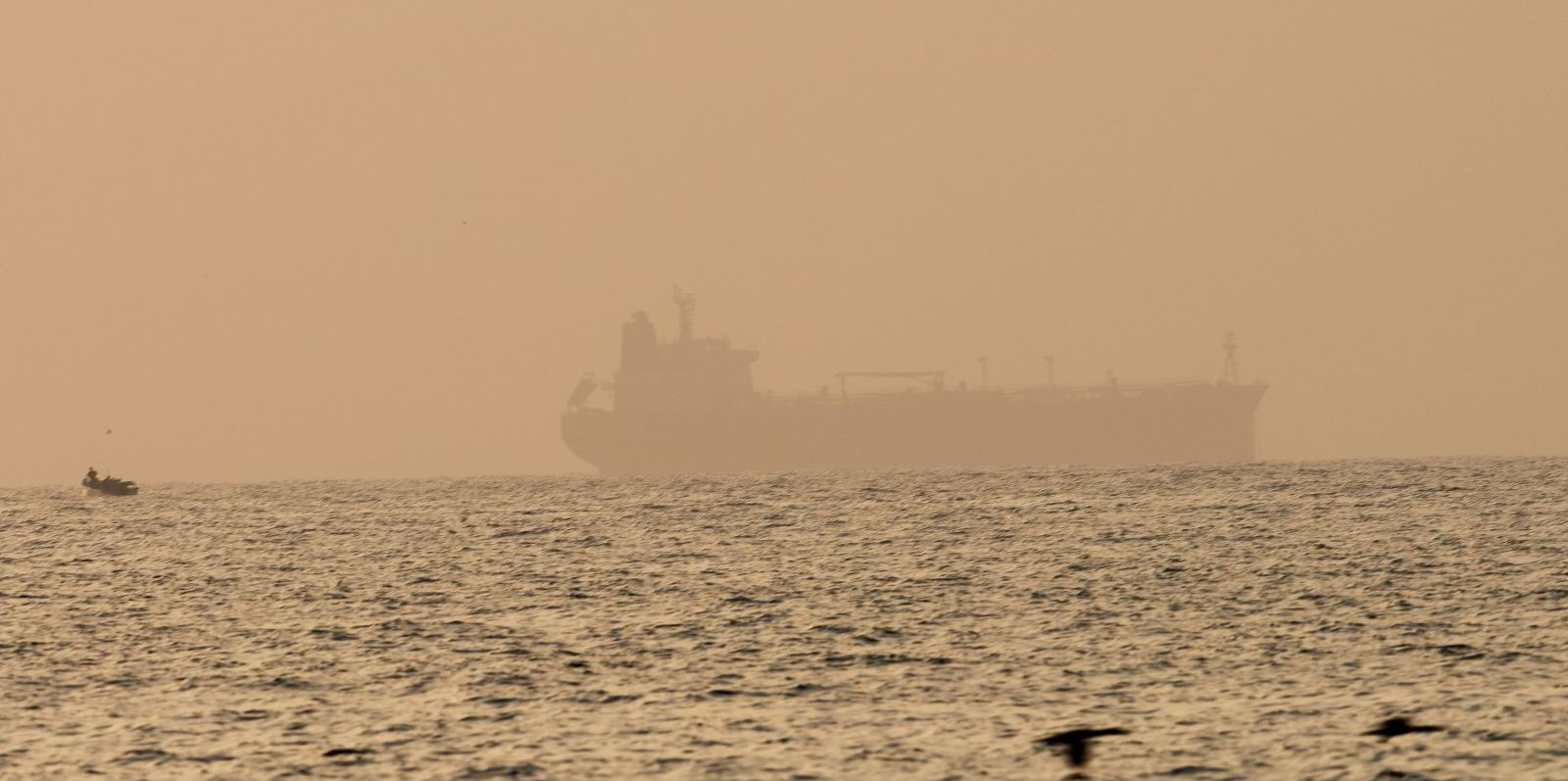Combined Maritime Forces (CMF) has established a new international naval task force to enhance maritime security in the Red Sea region.
Combined Task Force (CTF) 153 will initially be led by a US Navy captain, but a naval officer from a regional partner will assume the leadership role later this year.
The task force staff will include as many as 15 US and international military personnel from CMF member-nations.
The staff are currently embarked aboard the regionally based US Navy amphibious command ship USS Mount Whitney, and when not at sea will work from offices ashore at CMF headquarters in Bahrain.
CTF 153 will focus on international maritime security and capacity-building efforts in the Red Sea, Bab al-Mandeb Strait and Gulf of Aden.
This will be CMF’s fourth task force which also includes: CTF 150, which now focuses on maritime security in the Gulf of Oman and Indian Ocean; CTF 151, which leads regional counter-piracy efforts; and CTF 152, dedicated to maritime security in the Arabian Gulf.
“This is a tangible and meaningful demonstration of our commitment to ensuring regional maritime security and stability through international cooperation,” said Vice Admiral Brad Cooper, commander of US Naval Forces Central Command.
“The Middle East region is dynamic and vast. There’s not one navy who can patrol the surrounding waters by themselves,” said Cooper.
CMF, which was established in 2001, describes itself as the largest standing multinational naval partnership with 34 nations committed to the international rules-based order at sea.

Dryad Global analyst Mitch Thomas told TradeWinds that the creation of the CMF’s taskforce CTF153 cannot be divorced from the ongoing conflict in Yemen and the associated impacts this conflict has had on maritime security in the region.
“Ultimately, the creation of CTF-153 at this very critical stage in the unfolding of events in the Red Sea region, given the history of maritime insecurity for the past year, is indicative of a shift in priorities for the CMF and means it is taking the prospective threat of a Houthi-controlled Yemen more seriously,” he said.
“It also signifies the multinational partnership’s concern for future threats to maritime in the region if in the event Yemen does fall to the Houthis,” he added.
Dryad Global said the continued decline in security in that region and the prospect of a Yemen controlled by Houthis who have already proven their capability and intent in threatening maritime transit in the region pose “dire threats to a critical juncture in maritime trade”.
Since the capture of the port of Hodeidah in November 2021, the security landscape in the Red Sea has changed in tandem with the increasing tensions between Coalition forces and Iran in the ongoing conflict in Yemen.
“While the ongoing tit-for-tat war between Israel and Iran has historically posed credible threats to maritime in the region, more pressing now is the insecurity posed by the ongoing war in Yemen,” said Thomas.
“As of January 2022, the risk to maritime has been severe with the detention of the UAE flagged MV Rwabee, signifying Houthi intentions to detain vessels with flags of their adversaries.
“The deployment of skiffs during attempted approaches against Saudi vessels and the use of water-borne improvised explosive devices (WBIED) has also featured heavily in the threat landscape in the region,” he added.
Thomas said the interceptions of explosive laden boats in the Red Sea and the Houthis launching a strike on the Saudi Aramco facility in Jeddah on the 21st and 25th of March respectively served as catalysts for the introduction of CTF153.





